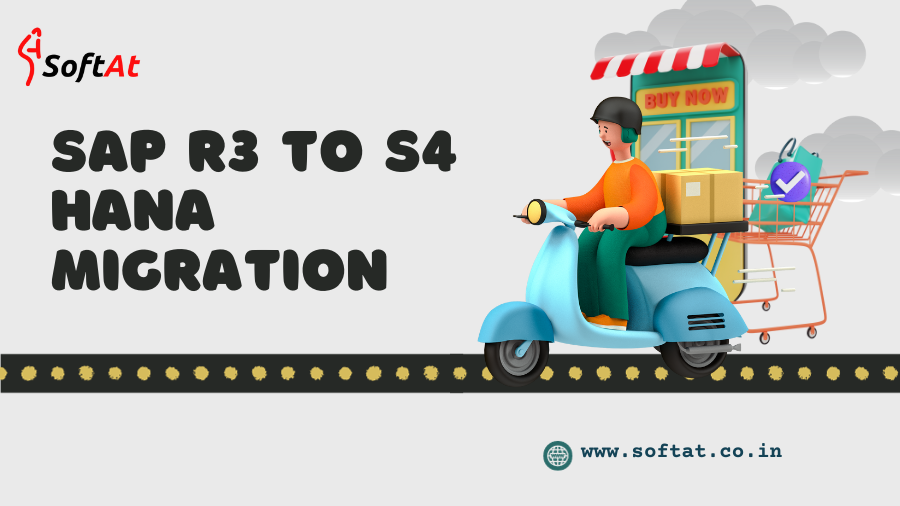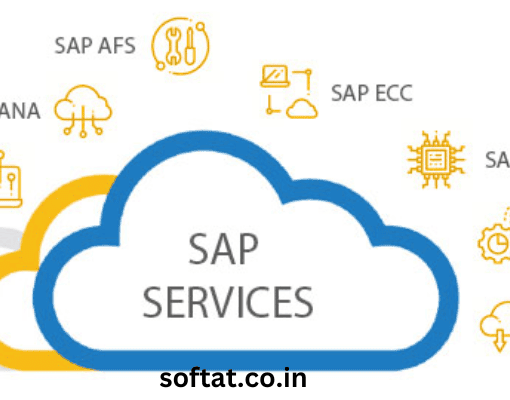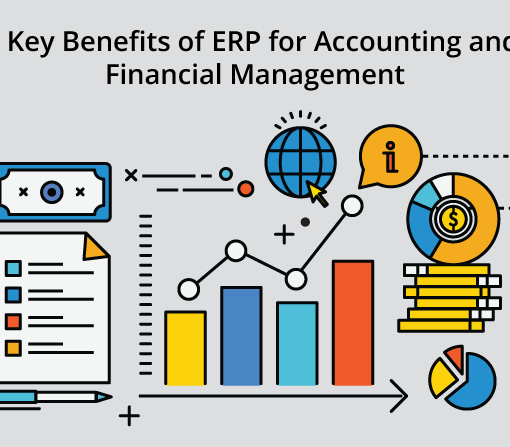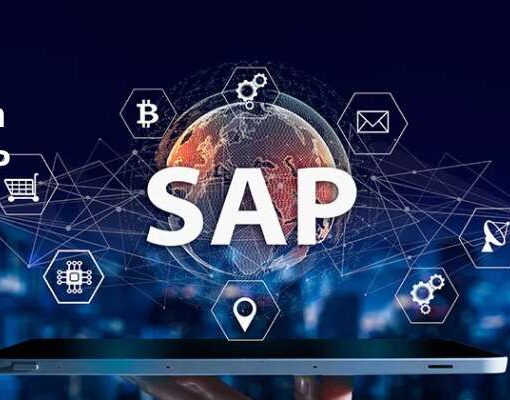In the swiftly changing realm of enterprise resource planning (ERP), undertaking the migration journey from SAP R3 to S4 HANA Migration has become an indispensable step for organizations striving for innovation and operational efficiency.
I. Introduction to SAP R3 to S/4 HANA Migration
SAP, a leader in ERP solutions, has witnessed a significant transformation from its traditional R3 version to the more advanced S/4 HANA. This migration is not just an upgrade; it’s a strategic move to leverage the latest in-memory computing capabilities and real-time analytics.
The Need for Migration
As businesses evolve, so do their technological needs. SAP R3, while reliable and functional, faced challenges in keeping up with the demands of modern enterprises. The need for real-time data processing, advanced analytics, and streamlined operations paved the way for the development of S/4 HANA.
II. Understanding SAP R3
Features and Functionality
SAP R3, introduced in the 1990s, revolutionized ERP by integrating various business processes. However, its architecture and database structure posed limitations in terms of speed and agility.
Limitations and Challenges
The relational database of SAP R3, while effective, struggled with large datasets and complex queries, leading to performance issues.
III. Introduction to S/4 HANA
Key Advancements and Innovations
S/4 HANA, SAP’s next-gen ERP suite, brings revolutionary changes. The key shift is the adoption of an in-memory database, enabling faster data processing and analytics.
Benefits Over SAP R3
S/4 HANA offers enhanced functionalities, improved user experience, and the ability to handle massive datasets in real-time.
IV. Preparing for Migration
Assessing Current System
Before embarking on migration, a thorough assessment of the existing SAP R3 system is necessary. This includes evaluating data structures, customizations, and system integrations.
Data Cleansing and Optimization
Cleaning and optimizing data ensure a smoother migration process. Redundant or obsolete data can be a hindrance, and addressing it beforehand streamlines the transition.
V. SAP R3 to S4 HANA Migration Steps
Data Migration Strategies
Several strategies, such as the brownfield and greenfield approaches, cater to different organizational needs. Choosing the right strategy is pivotal for success.
Technical Considerations
The migration involves technical intricacies like system downtime, testing, and adapting custom code. A detailed plan is crucial to avoid disruptions.
VI. Key Challenges in Migration
Common Pitfalls
Migrations may face challenges like data inconsistency, integration issues, or user resistance. Identifying potential pitfalls in advance is essential.
Mitigation Strategies
Effective risk management involves proactive measures. Addressing challenges with mitigation strategies ensures a smoother migration process.
VII. Advantages of S/4 HANA Post-Migration
Improved Performance
S/4 HANA’s in-memory computing boosts system performance, resulting in quicker data processing and response times.
Enhanced Analytical Capabilities
Real-time analytics empower organizations with instant insights, fostering better decision-making.
VIII. Real-world Case Studies
Successful Migrations
Exploring real-world case studies showcases the success stories of organizations that seamlessly transitioned from SAP R3 to S/4 HANA.
Lessons Learned
Examining lessons learned from previous migrations provides valuable insights for businesses planning their transition.
IX. Best Practices for a Smooth Transition
Collaboration with Stakeholders
Engaging stakeholders throughout the migration process ensures alignment with business goals and user expectations.
Continuous Monitoring and Evaluation
Post-migration, continuous monitoring and evaluation of the system’s performance guarantee ongoing success.
X. Future Trends in SAP Technology
SAP’s Roadmap
Understanding SAP’s future roadmap aids organizations in aligning their long-term strategies with upcoming technological advancements.
Anticipated Developments
Exploring anticipated developments in SAP technology gives businesses a glimpse into the future of ERP.
XI. Conclusion
In conclusion, migrating from SAP R3 to S/4 HANA is not just a technological upgrade; it’s a strategic move towards a more efficient, agile, and intelligent ERP ecosystem. Organizations embracing this transformation are well-positioned for future success.
XII. FAQs
Frequently Asked Questions About SAP R3 to S/4 HANA Migration
- Is it mandatory to migrate from SAP R3 to S/4 HANA?
- While not mandatory, migrating ensures access to the latest features and technologies.
- How long does the migration process take?
- The duration varies based on factors like system complexity and data volume.
- What challenges might arise during migration?
- Challenges include data inconsistencies, system integrations, and user adaptation.
- Can custom code be migrated seamlessly?
- With careful planning, custom code can be adapted, but adjustments may be needed.
- How can organizations ensure a successful migration?
- Success lies in thorough planning, stakeholder collaboration, and ongoing system evaluation.
You may be interested in:





